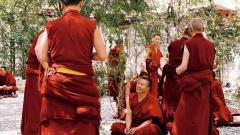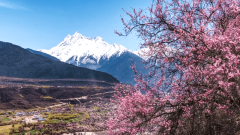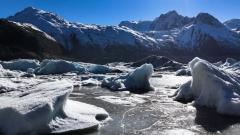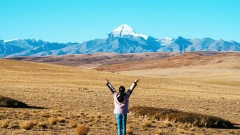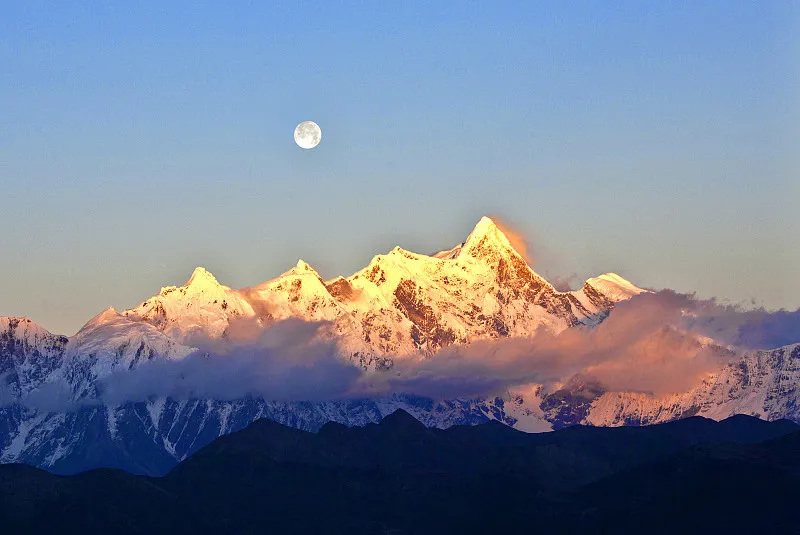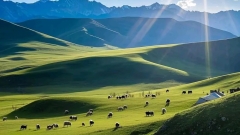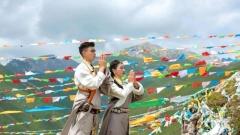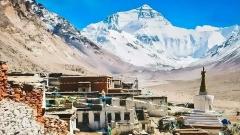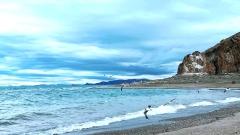Shigatse – sometimes written Xigazê – is where high Himalayan drama meets centuries-old spiritual life. Nestled on the broad Tibetan plateau, this city is both a gateway to the world’s tallest mountain and a living museum of Tibetan Buddhist culture. For international travelers seeking dramatic landscapes, living tradition, and warm plateau hospitality, Shigatse offers an unforgettable blend of color, ritual, and open-air natural wonder.
Why Shigatse belongs on every Tibet itinerary
Shigatse is Tibet’s second-largest city and a natural hub for exploring the western part of the Tibet Autonomous Region. It combines bustling market life, important religious centers, and easy access to raw high-altitude scenery. Unlike the touristic bustle of Lhasa, Shigatse feels quieter and more provincial: prayer wheels click along old paths, monks in maroon robes move between temples, and the horizon is often dominated by soaring peaks and endless sky. For travelers who want to see Tibet’s religious heartlands and then move on to sweeping vistas and glacier faces, Shigatse is the perfect base.
Mount Everest from the Tibetan side: a sky-high spectacle
If there is one image that instantly summons the imagination, it is Mount Everest’s jagged summit breaking into deep blue Tibetan air. From Shigatse, many travelers continue west and south to Tingri County and the Everest viewing points on the Tibetan Plateau — where, on clear days, Everest’s snow crown glows pink and gold at sunrise and sunset. The mountain’s official height is often quoted as 8,848.86 meters; standing below that vast wall of ice and rock, you feel both the tiny scale of human life and the enormous, slow power of the Earth.
Practical tips for Everest lovers
- Best season for views: Clear winter days often produce the sharpest, most spectacular views because the air is dryer and visibility improves. Visiting in winter can also mean fewer tourists and lower prices.
- Clothing and gear: Strong sun protection, warm layered clothing, and windproof shells are essential — the plateau sun is intense and temperatures swing dramatically.
- Tours and logistics: Most visitors reach Tibetan Everest viewpoints by road from Shigatse or Lhasa as part of guided tours; independent travel in Tibet requires permits and local arrangements.
Whether you come for the panoramic viewpoints or to feel the mountain’s presence at a respectful distance, the Tibetan approach to Everest is an experience of scale, silence, and slow natural rhythms.
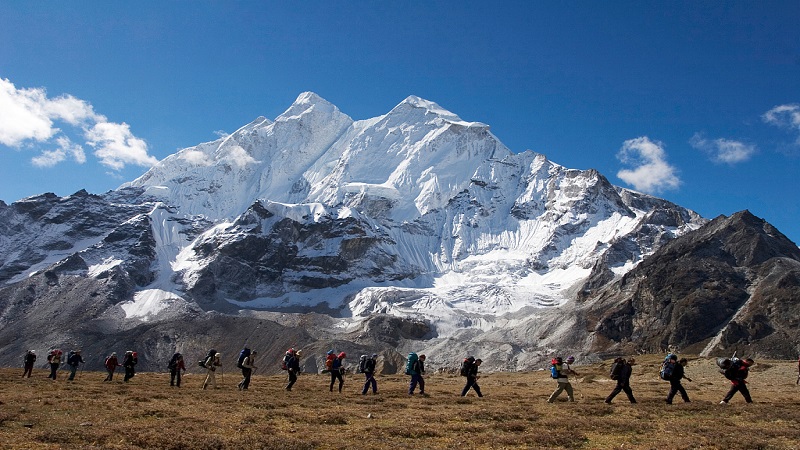
Tashilhunpo Monastery: the pulsing spiritual heart of Shigatse
At the center of Shigatse’s cultural life stands Tashilhunpo Monastery — an architectural flush of red, white, and gold that has served as a spiritual seat for generations. Founded in the 15th century, this monastery is the traditional home of the Panchen Lama and one of the most important Gelug Buddhist institutions outside Lhasa. Walking the monastery grounds, you’ll notice gilded roofs catching sunlight, rows of prayer wheels, and an atmosphere of quiet devotion that feels both ancient and alive.
What to see and how to observe with respect
- Golden rooftops and murals: The contrast of luminous gold against red walls is a defining visual motif of Tashilhunpo; it’s spectacular in morning light.
- Monastic life: Time your visit to catch monks in prayer or the steady circling of pilgrims performing kora (circumambulation) around the lingkhor.
- Cultural etiquette: Dress modestly, remove hats inside temples, and walk clockwise during kora to show respect. Photography policies vary by hall — when in doubt, ask.
During harvest-season and many winter months, local pilgrims come to Tashilhunpo in greater numbers, making the monastery a living theater of Tibetan devotion — a chance to witness centuries-old rituals that are still central to everyday life.
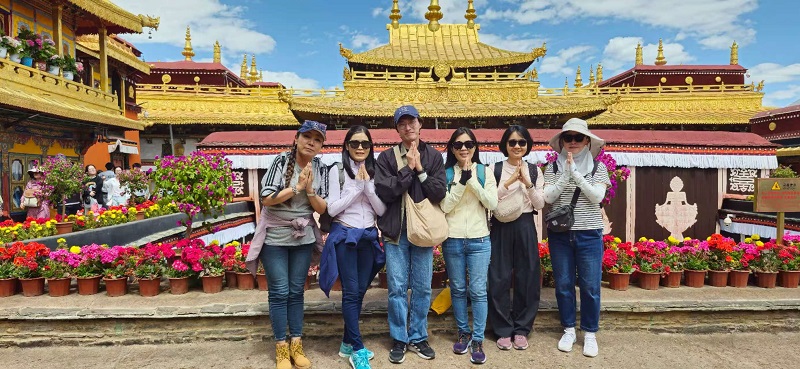
Manla Reservoir: First Dam of Tibet
A short drive from Shigatse brings you to the Manla Reservoir, sometimes called the “First Dam of Tibet.” The lake’s startling green or turquoise water reflects the surrounding slopes like a jewel on the plateau, and the structure itself is a striking modern intervention in a very ancient landscape. Built primarily for irrigation, hydroelectric generation, and flood control, Manla has also become a scenic rest point for travelers heading toward Everest and beyond.
A small ritual that travelers often enjoy
- Prayer flags and wishes: Visitors are welcome to bring a prayer flag, write a name or wish on it, and hang it in the designated area. The fluttering flags are believed to send prayers and good fortune on the wind — a gentle and memorable way to leave a trace of your trip.
- Photography and pacing: There are small pavilions and viewpoints along the road where you can pause for photos. The light on the water is particularly magical in early morning and late afternoon.
Manla Reservoir’s emerald surface is a lovely contrast to the parched earth around much of the plateau — a sudden, calming presence that invites slow moments and quiet reflection.
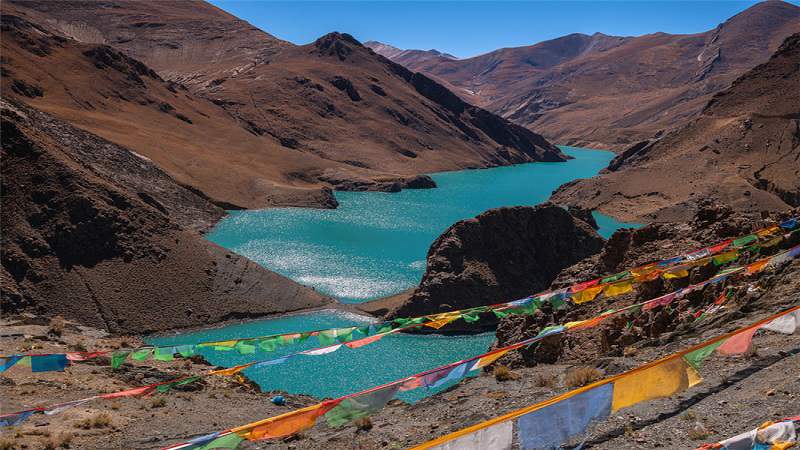
Karola (Karo) Glacier: ice, altitude, and the colors of prayer
One of the most accessible glaciers in Tibet, Karola Glacier sits near the road between Lhasa and Shigatse and is famous for its glittering, snow-white face framed by clusters of prayer flags. Because the glacier is so close to the highway, you can stop and admire it without a long trek — an unusual luxury on the high plateau. The glacier lies at an elevation of roughly 5,000–5,040 meters, so even a short walk here calls for a slow pace and careful attention to acclimatization.
Safety and experience tips for Karola
- Acclimatize first: Spend a day or two in Lhasa or Shigatse before visiting Karola to reduce the chance of altitude sickness.
- Walk slowly: Short walks and photo stops are ideal; avoid rapid exertion and keep hydrated.
- Colors and composition: The microcosm of white ice, dark rock, and prayer-flag reds creates fantastic photographic opportunities — sunrise and late afternoon lighting are especially good.
Karola is a great place to see the raw power of Tibetan ice and to witness how local spiritual practice meets natural spectacle: prayer flags at the glacier’s edge link human intentions to the elemental forces of snow and wind.
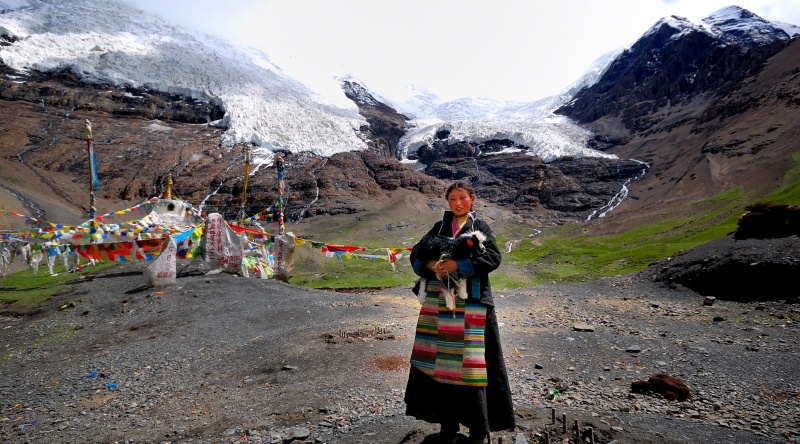
Food, tea, and comfortable nights in Shigatse
After a day of high-altitude exploration, Shigatse’s hotels and dining spots offer a welcome warmth. Accommodation ranges from comfortable, modern hotels to smaller guesthouses where hospitality feels personal and familial. Local cuisine is hearty: expect Tibetan staples like tsampa (barley flour), yak butter tea, hearty noodle soups, and yak or mutton stews — meals designed to nourish bodies operating at altitude.
Dining highlights and a traveler’s comfort checklist
- Try local flavors: A bowl of Tibetan butter tea might be an acquired taste, but local noodle dishes, soups, and stews provide familiar comfort with regional character.
- Celebrate with performance: Some tour operators and hotels arrange special celebratory dinners featuring Tibetan singing, dancing, and traditional costume — an excellent way to cap off a day of sightseeing.
- Accommodation choices: Larger hotels in Shigatse provide well-insulated rooms, hot water, and western-style amenities; guesthouses give a closer feel to local life. If you are booking through a reputable agency, they will arrange comfortable stays that suit international expectations.
Comfort in Shigatse is not only about beds and hot showers — it is also the human warmth you meet in guesthouse kitchens, market smiles, and the eager help of local guides.
Practical travel tips for international visitors
Shigatse’s geography and culture make it a magical destination — but being prepared will make your trip smoother and more rewarding.
Health and altitude
- Acclimatization matters: Spend at least one or two nights in Lhasa (or another lower-altitude stop) before ascending further. Acclimatize gradually; avoid heavy physical activity in the first 24–48 hours.
- Hydration and diet: Drink plenty of water, eat light meals initially, and limit alcohol. Over-the-counter altitude medications can help, but discuss options with your doctor before traveling.
Permits, guides, and logistics
- Travel permits: Travel to Tibet requires permits and local arrangements; most international visitors travel with a registered tour operator. Confirm your permits well before arrival.
- Local guides: Hire local, licensed guides who know both the logistics and the cultural etiquette — they make visits to monasteries and remote sights far richer.
Seasonal notes
- Winter: Crisp, clear days create dramatic vistas and fewer tourists, but nights are cold and some services may be limited.
- Summer: Warmer temperatures but higher chance of clouds or rain; the plateau’s green season brings wildflowers and a lively agricultural rhythm.
Respect and culture
- Dress and behavior: Modest clothing and courteous behavior are appreciated. When visiting religious sites, always follow local signage and requests from monks or staff.
- Photography: Ask before photographing individuals or inside certain temple halls; some sacred objects are restricted from photography.
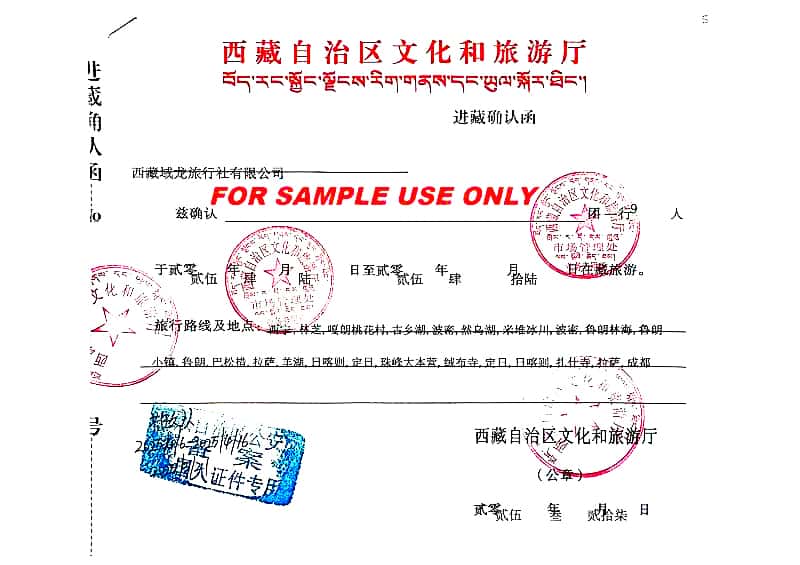
Tibet Travel Permit
Responsible Shigatse travel
Shigatse is a living culture, not a museum. Travel responsibly by minimizing waste, respecting sacred spaces, and supporting local communities. Leave no trace in high-altitude environments: pack out what you pack in, avoid disturbing fragile flora, and follow established paths. These simple habits help preserve Tibet’s wild beauty for generations to come.
Shigatse is a place of contrasts: the bone-bright hardness of glaciers and peaks, and the soft swirl of prayer flag colors; the precise austerity of monastic ritual and the warm intimacy of village life. For international travelers seeking both visual grandeur and deep cultural immersion, Shigatse offers experiences that stay with you long after you return home.
If you’d like a guided, well-organized trip that balances comfort and authenticity, China Dragon Travel specializes in curated journeys across Tibet, including bespoke Shigatse and Everest-viewing tours. Our packages include comfortable accommodations, experienced local guides, permit handling, and special touches — such as a celebratory dinner with traditional Tibetan performances — to make your trip meaningful and memorable. We’d be honored to help you plan an unforgettable voyage to the roof of the world.



